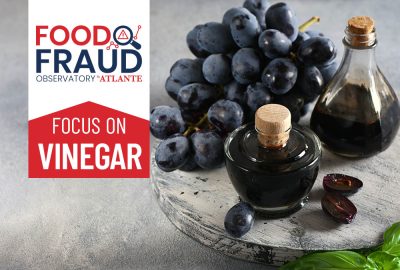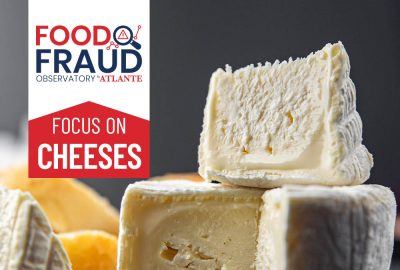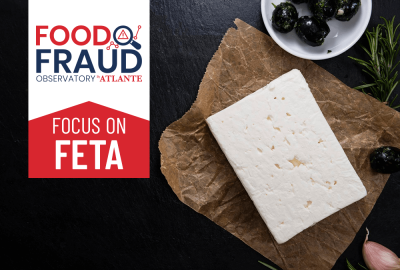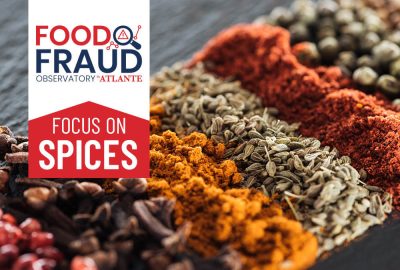Atlante
News
Atlante Food Fraud Observatory: Focus on salt
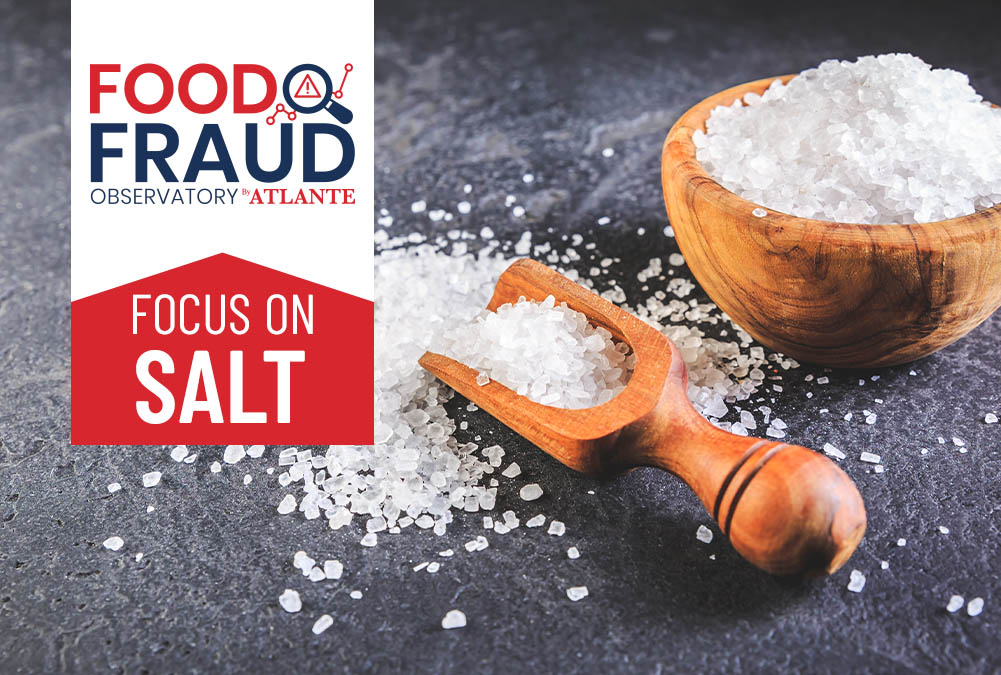
26 August 2025
The Atlante Food Fraud Observatory focuses on risks associated with products and categories. The goal? To raise awareness and ensure that businesses can work with greater responsibility.
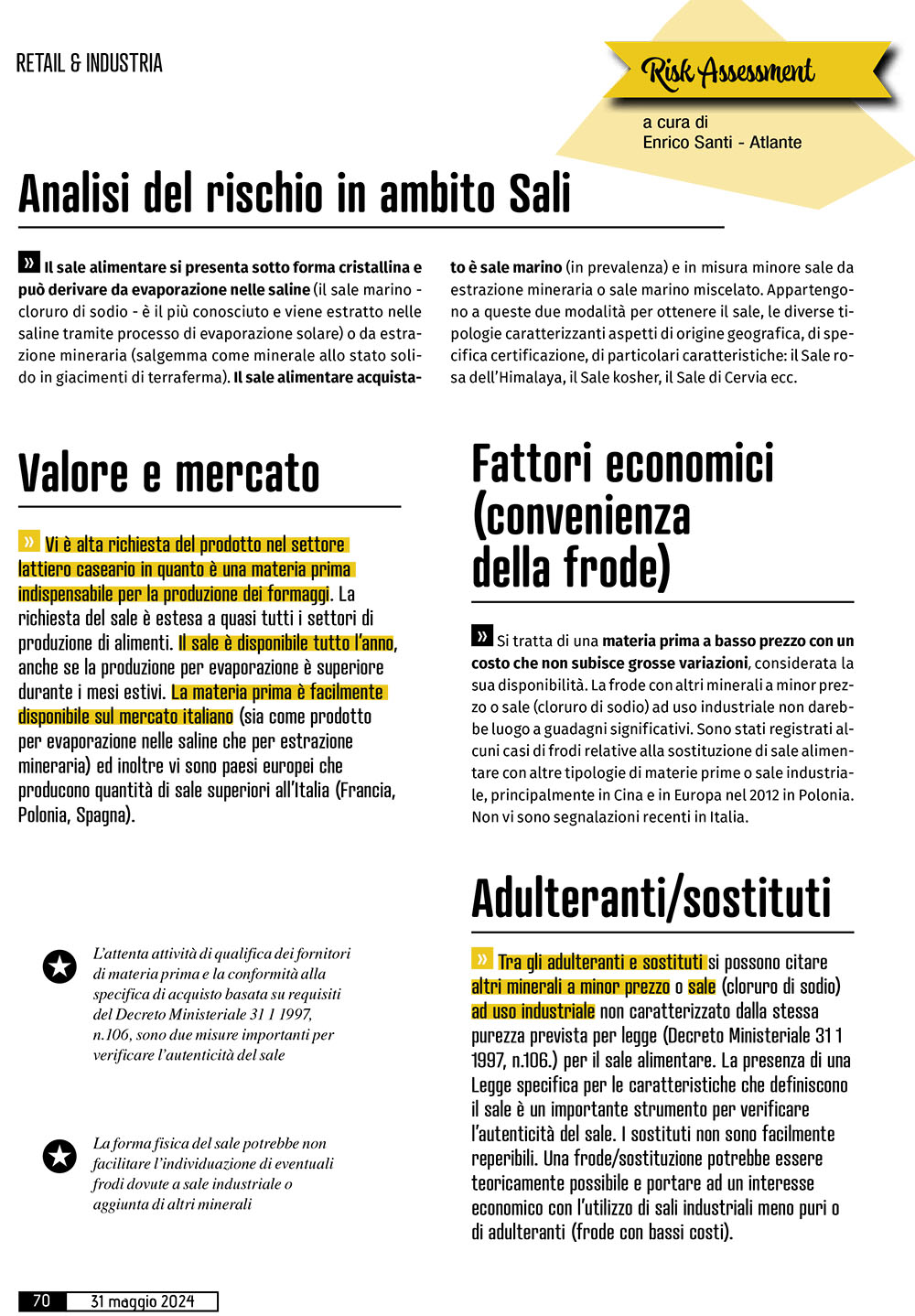 Food-grade salt typically exists in crystalline form and can be obtained through two primary methods: evaporation in salt pans, where sea salt (sodium chloride) is extracted via solar evaporation processes, or through mining, where rock salt is mined from solid-state mineral deposits in dry land. Salt available for purchase is mostly sea salt, and, to a lesser extent, salt obtained from mining or blended sea salt.
Food-grade salt typically exists in crystalline form and can be obtained through two primary methods: evaporation in salt pans, where sea salt (sodium chloride) is extracted via solar evaporation processes, or through mining, where rock salt is mined from solid-state mineral deposits in dry land. Salt available for purchase is mostly sea salt, and, to a lesser extent, salt obtained from mining or blended sea salt.
Specific types of salt
Different types of salt, such as Himalayan Pink Salt, Kosher Salt, and Cervia Salt, etc., are categorised based on their geographical origin, specific certification, and unique characteristics.
Economic factors (convenience of fraud)
As salt is an economical raw material whose cost does not fluctuate greatly due to its widespread availability, fraudulently replacing it with other cheaper minerals or industrial salt would not yield significant gains.
History – Recent accidents and incidents
Historically, there have been incidents of fraud involving the replacement of food-grade salt with other raw materials or industrial salt, particularly in China and Europe, with a notable case reported in Poland in 2012. However, there have been no recent reports of such incidents in Italy.
Value and reference market (nature of raw materials)
There is high demand for salt in the dairy industry as it is an indispensable raw material for cheese production. The demand for salt extends to almost all food production sectors.
Raw material availability
Salt is available all year round, with production by evaporation peaking during the summer months. While in Italy salt produced both through evaporation in salt pans and mining is readily available, other European countries like France, Poland, and Spain produce larger quantities.
Availability of adulterants/substitutes
Adulterants and substitutes include other cheaper minerals or industrial salt that is not characterised by the purity levels required by law for food-grade salt (Ministerial Decree No. 106 of 31/01/1997). The presence of a specific law for the defining characteristics of salt is an important tool for verifying the authenticity of salt, though substitutes are not readily available.
Food safety
The main impact of salt fraud primarily affects product quality aspects and non-compliance with organoleptic conformity regulations. Contaminants exceeding legal limits pose a potential food safety hazard, though the incidence is proportionate to the continued use of the contaminated salt.
Cost of fraud/adulteration
The cost fraudulently adulterating salt could theoretically be low, especially when using less pure industrial salts or adulterants.
Detection and control
Fraud detection may be challenging due to the physical form of salt or the addition of other minerals.
Qualifying raw material suppliers carefully and ensuring compliance with purchase specifications based on the requirements of Ministerial Decree No. 106 of 31/01/1997 are crucial measures for verifying the authenticity of salt.
Impegno e Collaborazione: L’iniziativa di Atlante per Combattere le Frodi Alimentari
Atlante ha da sempre una particolare attenzione per i rischi legati alla frode alimentare. Già lo scorso luglio 2023, Atlante ha avviato il progetto di Food Fraud Risk Assessment: un solido piano dedicato alla valutazione dei rischi connessi alla frode alimentare.
All’interno di questo importante piano si inserisce la collaborazione con GDO Week per una rubrica mensile dedicata all’antifrode alimentare. Gli articoli usciranno a cura dell’Osservatorio Food Fraud di Atlante con la firma di Enrico Santi, Quality Assurance Manager.
Ogni articolo offrirà approfondimenti, analisi e best practices per affrontare la complessità delle frodi alimentari.
Questa sinergia evidenzia il costante impegno di Atlante nel mettere a disposizione delle principali catene italiane e dei suoi partner le sue conoscenze e le sue strategie più efficaci per garantire la genuinità e l’integrità degli alimenti che finiscono sulle nostre tavole.

